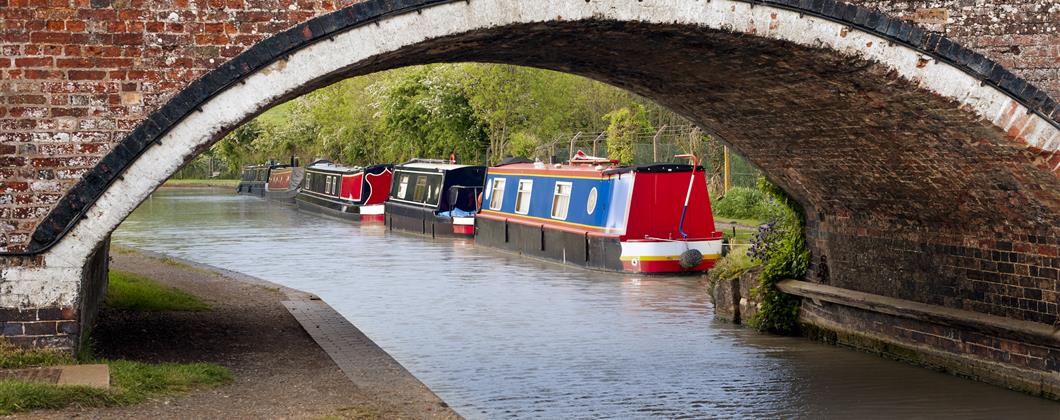Learn how to handle a Narrowboat on the Inland Waterways

Whether you’ve just invested in a canal boat or you’re planning to take your family on an inland waterway boating holiday then now is the best time to get to know the helm. Driving a narrowboat isn’t difficult but you should understand the basics before setting off on a journey. We’ve made a short list below of things you should be aware of.
As with driving a car, the more skilful and careful you are, the less likely you are to have the accidents or collisions that result in claims on your narrowboat insurance. At Collidge & Partners we see these claims every day and know first-hand how often accidents can happen, which is why we are always keen to help our clients to avoid these risks. Get in touch with our team today for more information on our canal and narrowboat insurance.
1) Operating locks can be daunting the first time round but once you learn the concept of how they work you’ll be confident in no time! A locks purpose is to raise or lower a canal boat to match the water levels of the river and canal waterways. To learn how to operate a lock, watch the RYA’s video tutorial.
2) Tunnels on the inland waterways vary in width, some are wide enough to allow two boats to go through together and others are simply too narrow. It is important to be aware of all other narrowboats or other watercrafts on the waterways as there may already be another boat approaching. In this case, you would need to slow down and move to one side of the canal to allow room for the other vessel to pass.
3) Single handed boating can be difficult but there are always times when you may find yourself without a crew. If you know you will be travelling alone then being well-prepared will help make it easier when navigating your narrowboat on the waterways. Having all ropes and fenders attached to your canal boat can help save time in many situations such as mooring up. A centre line is ideal to have attached to your canal boat before starting your journey as this will help when you have to temporarily moor up before entering a lock. Please be aware that the centre line is not appropriate for mooring up overnight, for this you will need to tie up as usual with all lines.
4) Having access to a VHF radio on board your narrowboat is a must. The radio must be licenced with the Radio communications Agency and the user must be qualified to operate it by holding a Short Range Certificate or the older style Restricted Certificate. The radios have many uses, but most importantly this is for communicating with emergency services, shore stations such as locks and marinas and other watercrafts. You should always have your radio switched on and turned to the appropriate station as you can receive updates on waterway traffic, closures and any other potential hazards.
5) Avoiding anglers - you are guaranteed to come across anglers on your travels and learning how to avoid them is necessary. Majority of anglers on the waterways will be aware of boaters and will reel in their rods or move their poles out of the way to let each boat pass. When approaching anglers, you will need to reduce your speed significantly and only continue to pass when all of their lines are clear of obstruction.
Courses
Get to know your narrowboat a little better by taking an educational course. The RYA offers training courses that can help you familiarise yourself with your boat when navigating on the inland waterways. You will learn appropriate safety measures, how to control your narrowboat, how to operate locks and other useful skills for not only the skipper but the crew too. Check out the links below for more information.
